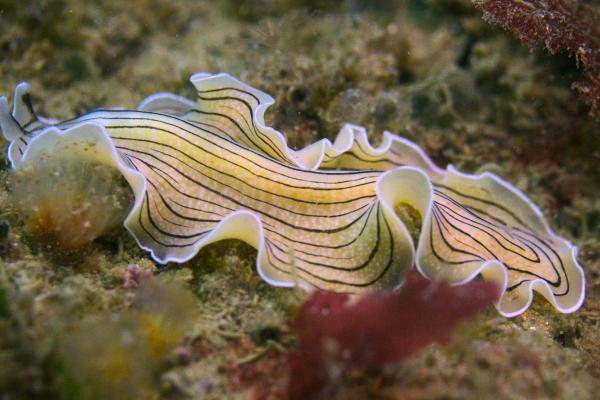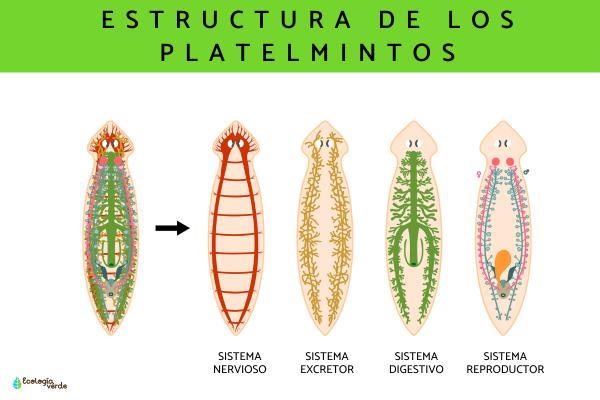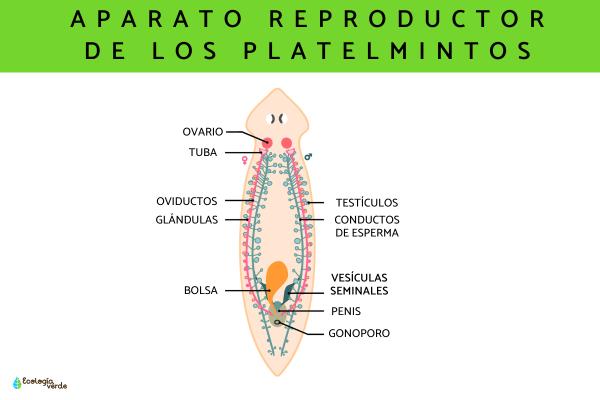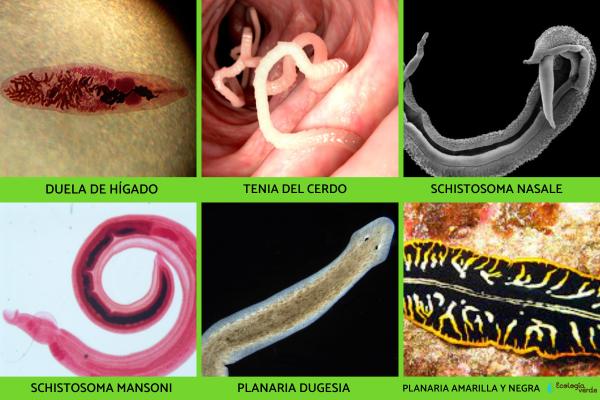We share the world with countless animals—some so small or hidden that we don’t even notice them. Among them are flatworms, a group of simple but fascinating creatures that include well-known parasites like tapeworms and liver flukes. These organisms belong to their own phylum: Platyhelminthes.
In this article, we’ll explore the essential features of flatworms, their habitats, feeding strategies, reproduction methods, and representative species. Whether they’re free-living or parasitic, flatworms play a critical role in ecosystems—and in human health.

Flatworms are invertebrates—animals without backbones—and among the simplest multicellular animals. There are around 20,000 known species in the phylum Platyhelminthes.
Bilateral symmetry: Their bodies are flattened and symmetrical on both sides, like the sole of a shoe.
Acoelomates: They lack true body cavities (coelom), having only digestive canals.
No circulatory or respiratory systems: Oxygen is absorbed directly through their moist skin.
Primitive excretory system: They eliminate waste using protonephridia, a basic organ system.
Hermaphrodites: Most species possess both male and female reproductive organs.
Basic nervous system: Two nerve cords run along the body and connect to a primitive "brain" at the front.
First animals with interneurons: Making them evolutionarily significant.
Medical importance: Some species can parasitize humans and cause serious health issues.

Flatworms prefer moist environments where oxygen is available. Their habitats include:
Aquatic environments: Freshwater lakes, rivers, and oceans.
Humid terrestrial zones: Such as damp soil or vegetation.
Inside other animals: As parasites, many species inhabit internal organs of vertebrates and invertebrates.
Flatworms display a variety of feeding strategies depending on their size and habitat:
No anus: Their digestive system has only one opening for ingestion and waste removal.
No digestive tract in some: Smaller species absorb nutrients directly through the body surface.
Highly branched gut: In some species, the digestive cavity branches out to distribute nutrients without a circulatory system.
Feeding with cilia: Tiny hair-like structures help sweep in particles or organic debris.
Predators of small invertebrates: Some free-living species hunt microscopic prey.
Despite their simplicity, flatworms have surprisingly complex reproductive systems and can reproduce both sexually and asexually.

Most are hermaphroditic.
Mating involves internal fertilization, and some species can self-fertilize.
Male reproductive system: Includes testes, sperm ducts, a copulatory organ (cirrus), and accessory glands.
Female reproductive system: Includes ovaries, uterus, yolk glands, genital pores, and a vestigial vagina (Laurer’s canal).
Some species reproduce via fission, where the body splits into two or more parts.
Others reproduce via parthenogenesis, where unfertilized eggs develop into new individuals.
Parasitic flatworms often have complex life cycles involving multiple hosts:
Asexual reproduction occurs in intermediate hosts, often invertebrates like snails.
Sexual reproduction takes place in definitive hosts, usually vertebrates (including humans).
Multiple larval stages can cause various diseases depending on the host and parasite species.
Flatworms are traditionally classified into four main groups:
| Class | Description | Example |
|---|---|---|
| Turbellaria | Mostly free-living | Dugesia (Planarian) |
| Monogenea | External parasites of fish/amphibians | Gill flukes |
| Trematoda | Internal parasites (flukes) | Liver fluke (Fasciola hepatica) |
| Cestoda | Tapeworms with segmented bodies | Pork tapeworm (Taenia solium) |
Uses suckers to attach to the livers of cattle and sheep.
Transmitted through freshwater snails.
Has significant impact on the livestock industry.
White segmented worm that infects human intestines.
Juvenile stages (cysticerci) can invade muscles and even the brain, causing cysticercosis.
Spread by eating undercooked pork or through fecal contamination.
Infects the respiratory system of cattle, causing nasal discharge and snoring sounds.
Transmitted by freshwater snails.
Infects humans, causing schistosomiasis, a disease that affects the skin, lungs, and intestines.
Parasite larvae enter through skin contact with contaminated water.
Eggs are excreted via feces and use snails as intermediate hosts.
Recognized by its triangular head and eye spots.
Lives in freshwater.
Famous for its regenerative ability—a single planarian can regrow into multiple individuals if cut into pieces.
About 8 cm long.
Vivid yellow and black coloration with frilled edges.
Marine and free-living; found in the Indo-Pacific Ocean.

Flatworms may be simple in structure, but they play vital roles in nature. Free-living species help maintain ecosystem balance, while parasitic species serve as important indicators in medical and veterinary science.
Understanding their biology helps us prevent and treat parasitic diseases and also sheds light on the evolution of more complex animals.
Bibliography
Faculty of Sciences, University of the Oriental Republic of Uruguay (2009). Phylum Platyhelminthes. Available at: http://zoologia.fcien.edu.uy/practico/03%20PLATYHELMINTHES&NEMERTINA.pdf
University of Las Palmas de Gran Canaria. (2014). Platyhelminthes: Generalities and Classification. Available at: https://www2.ulpgc.es/hege/almacen/download/48/48207/leccion_11_0607.pdf
Beatty, R., Beer, A., & Deeming, C. (2010). The Book of Nature. Great Britain: Dorling Kindersley.
animal tags: Flatworms
We created this article in conjunction with AI technology, then made sure it was fact-checked and edited by a Animals Top editor.